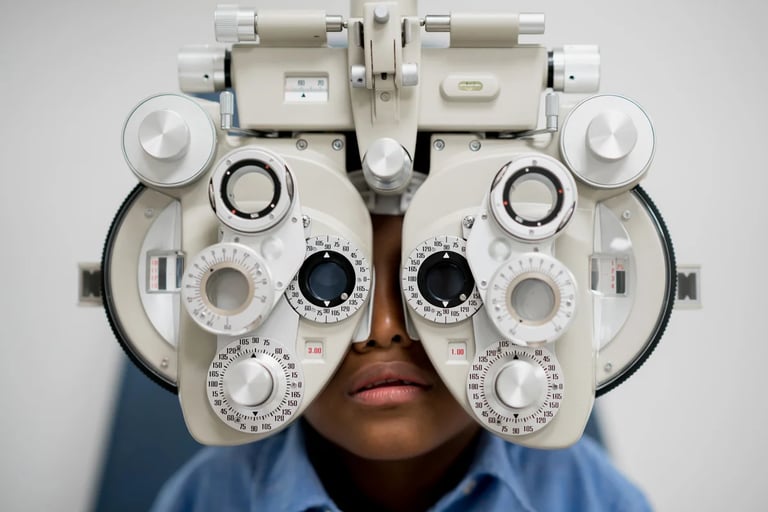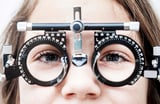Myopia Epidemic: Half the World Facing Vision Loss by 2050, Experts Urge Action
October 2, 2024
Myopia, or nearsightedness, is becoming increasingly prevalent, with projections suggesting that by 2050, nearly half of the global population, or five billion people, will be affected.
This condition has reached epidemic levels in some regions, impacting up to 88% of the population in certain Asian countries.
Experts recommend promoting outdoor activities, managing screen time, and scheduling regular eye exams to combat the rising rates of myopia.
The increase in myopia cases is partly attributed to children spending more time indoors and less time engaging in outdoor play, which is crucial for healthy eye development.
Parents are encouraged to ensure their children receive regular eye examinations from a young age to facilitate early detection and intervention for myopia.
Researchers at Arizona State University are developing AI-based diagnostic tools to improve early detection of myopic maculopathy, with findings published in JAMA Ophthalmology.
Professor Yalin Wang and his team have created new AI algorithms to classify the severity of myopic maculopathy, enhancing diagnostic accuracy.
In 2015, myopic maculopathy caused visual impairment in 10 million people, and projections indicate that over 55 million could experience vision loss due to this condition by 2050.
A report from the National Academies of Sciences, Engineering and Medicine (NASEM) recommends reclassifying myopia as a disease to secure more resources for its management.
In urban Asian communities, high myopia rates often necessitate corrective lenses for military service, highlighting the seriousness of this public health issue.
Dr. Jesse Willingham warns that untreated vision problems can lead to academic, social, and behavioral issues for children, emphasizing the importance of addressing myopia early.
The rise in myopia is closely linked to increased 'near work' activities, such as extensive use of phones and screens, further complicating the epidemic.
Summary based on 5 sources
Get a daily email with more Science stories
Sources

Fox News • Sep 30, 2024
COVID lockdowns led to spike in kids’ vision problems, 1 in 3 now nearsighted, study finds
Scientific American • Oct 1, 2024
Nearsightedness Has Become a Global Health Issue
ScienceDaily • Oct 2, 2024
Researchers use AI to help people see more clearly
ASU News • Oct 1, 2024
ASU researchers use AI to help people see more clearly